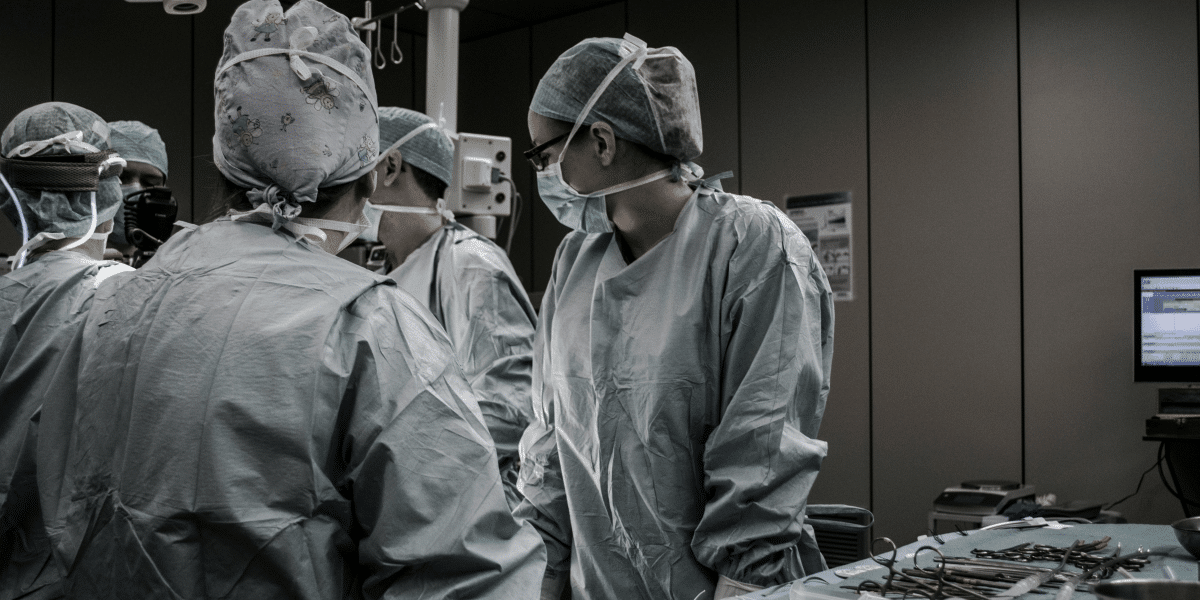The journey to powerful treatment has often been fraught with demanding situations, particularly in delivering the needed medications. Imagine a world wherein medicines may be dispatched to unique cells or tissues in the body, minimizing facet results and maximizing therapeutic blessings. Until recently, such precision was merely a dream. However, this dream is swiftly becoming a fact with the advent of nanorobotics technology in the health sector.
What is Nanorobotics Technology in the Health Sector?
Nanorobotics technology in the health sector includes designing, growing, and working tiny robots on the nanometer scale, smaller than a strand of hair. These nanobots, ready with state-of-the-art machinery, are programmed to navigate the complex pathways of the human frame with first-rate precision. Their diminutive size allows them to get the right of entry to even the most inaccessible areas, establishing doors to many scientific opportunities.
See also the Latest Technologies in the health sector.
How Nanorobotics Change Drug Delivery Technology in the Health Sector?
Integrating nanorobotics into the drug transport era represents a paradigm shift in Technology in the Health Sector. Gone are the times of one-size-suits-all remedies and indiscriminate drug distribution. Instead, nanorobotics offers a personalized remedy technique tailored to every affected person’s needs. The projected growth of the global medical devices market is approximately $671.49 billion by the year 2027.
Advancements in Precision Targeting:
- The Nanorobotics era enables specific concentration on cells or tissues inside the body.
- These tiny robots can navigate via complicated organic pathways with remarkable accuracy.
Minimization of Side Effects:
- By delivering medicines directly to the meant web page of motion, nanorobotics minimizes collateral damage to healthy tissues.
- This centered approach reduces the hazard of adverse reactions, enhancing the protection profile of treatments.
Sustainable and Biocompatible Materials:
- Nanorobotics Technology in the Health Sector is frequently manufactured from biocompatible materials that are safe for use in the human frame.
- These sustainable materials decrease the danger of immune reactions or toxicity, ensuring nanorobotic drug shipping structures’ lengthy-term safety and efficacy.
- By utilizing renewable properties and environmentally friendly manufacturing approaches, nanorobotics contributes to sustainable healthcare practices.
Enhancement of Therapeutic Efficacy:
- Nanorobotics optimize drug concentrations on the purpose internet net web page, maximizing the recovery efficacy of medicinal pills.
- By bypassing biological barriers, these miniature machines ensure that treatments are potent and effective.
Real-time Monitoring Capabilities:
- Some nanorobotics structures incorporate sensors for actual-time tracking of organic parameters.
- Healthcare carriers can tune treatment progress and make necessary adjustments, making sure the affected person gets the right results.
Customizable Drug Delivery Systems:
- Nanorobotics Technology within the Health Sector gives the flexibility to customize drug shipping structures in keeping with the particular desires of male or female patients.
- By adjusting parameters, which include dosage, timing, and launch kinetics, nanorobotics can tailor remedy regimens to optimize therapeutic consequences.
- These customizable drug transport systems hold promise for precision medicine, taking into consideration personalized remedy plans based totally on genetic, physiological, and environmental factors.
Integration with Imaging and Diagnostic Techniques:
- Nanorobotics may be integrated with imaging and diagnostic strategies, taking into consideration simultaneous drug shipping and actual-time monitoring of ailment progression.
- By combining healing and diagnostic functionalities, nanorobotics enables early detection, targeted remedy, and monitoring of healing responses.
- This integrated method enables extra comprehensive information on ailment pathology and allows personalized remedy techniques.
Potential for Non-invasive Administration:
- Nanorobotics maintain the ability for non-invasive drug management, getting rid of the need for invasive tactics inclusive of injections or surgical procedures.
- Through targeted transport via inhalation, ingestion, or transdermal routes, nanorobotics provide a less invasive and more affected person-friendly approach to drug delivery.
- Non-invasive management routes reduce patient discomfort, minimize the chance of complications, and improve remedy adherence.
Potential for Remote-controlled Drug Delivery:
- Advances in nanorobotics allow far-flung-managed drug delivery structures, permitting healthcare carriers to govern drug release and dosage strictly.
- Remote-managed nanorobotics may be activated or deactivated using outside stimuli consisting of magnetic fields, ultrasound, or light, providing on-demand drug transport.
- This technology holds promise for focused treatments in difficult-to-reach regions of the body and for treating diseases with dynamic or fluctuating signs and symptoms.
Collaboration with Multidisciplinary Teams:
- Developing and imposing a nanorobotics era in drug transport calls for cooperation between multidisciplinary scientists, engineers, clinicians, and regulatory specialists.
- By leveraging various understandings and perspectives, these collaborative efforts power innovation, cope with technical challenges and ensure the interpretation of nanorobotics from the laboratory to medical practice.
- Multidisciplinary collaboration fosters moral issues, regulatory compliance, and affected person-centered procedures in developing and deploying nanorobotic drug transport structures.
Final Verdict
Nanorobotics technology is an excellent example of technology in the health sector. It is impacting drug transport within the fitness sector. It opens a new window of precision medication. With their remarkable precision, minimized aspect results, and more desirable efficacy, nanorobotics hold the key to unlocking progressive remedies and enhancing patient effects. Harnessing those tiny titans’ abilities, healthcare’s destiny looks brighter.
For more insights on cutting-edge technology in the health sector and beyond, visit Technew.
Published by: Nelly Chavez

















